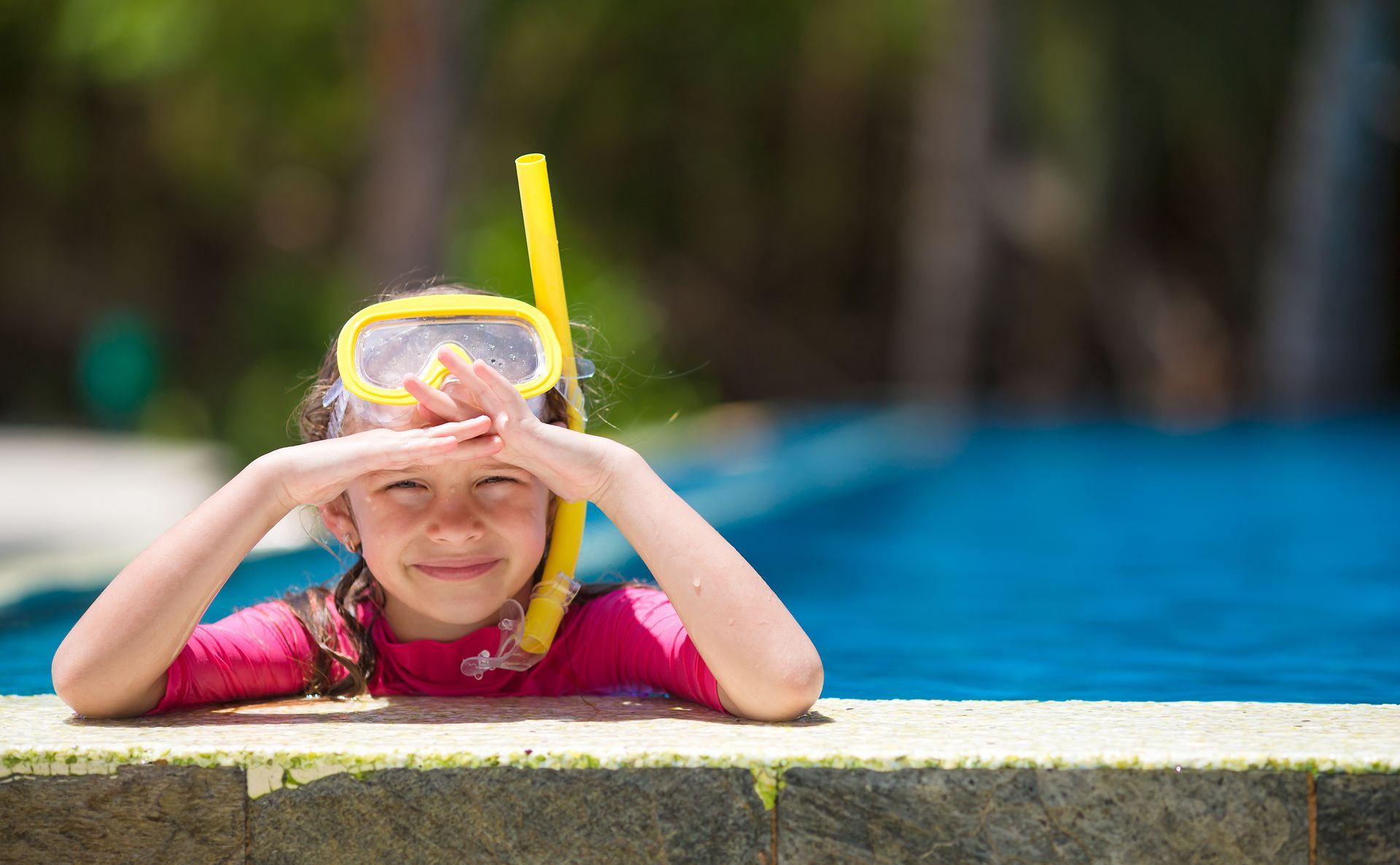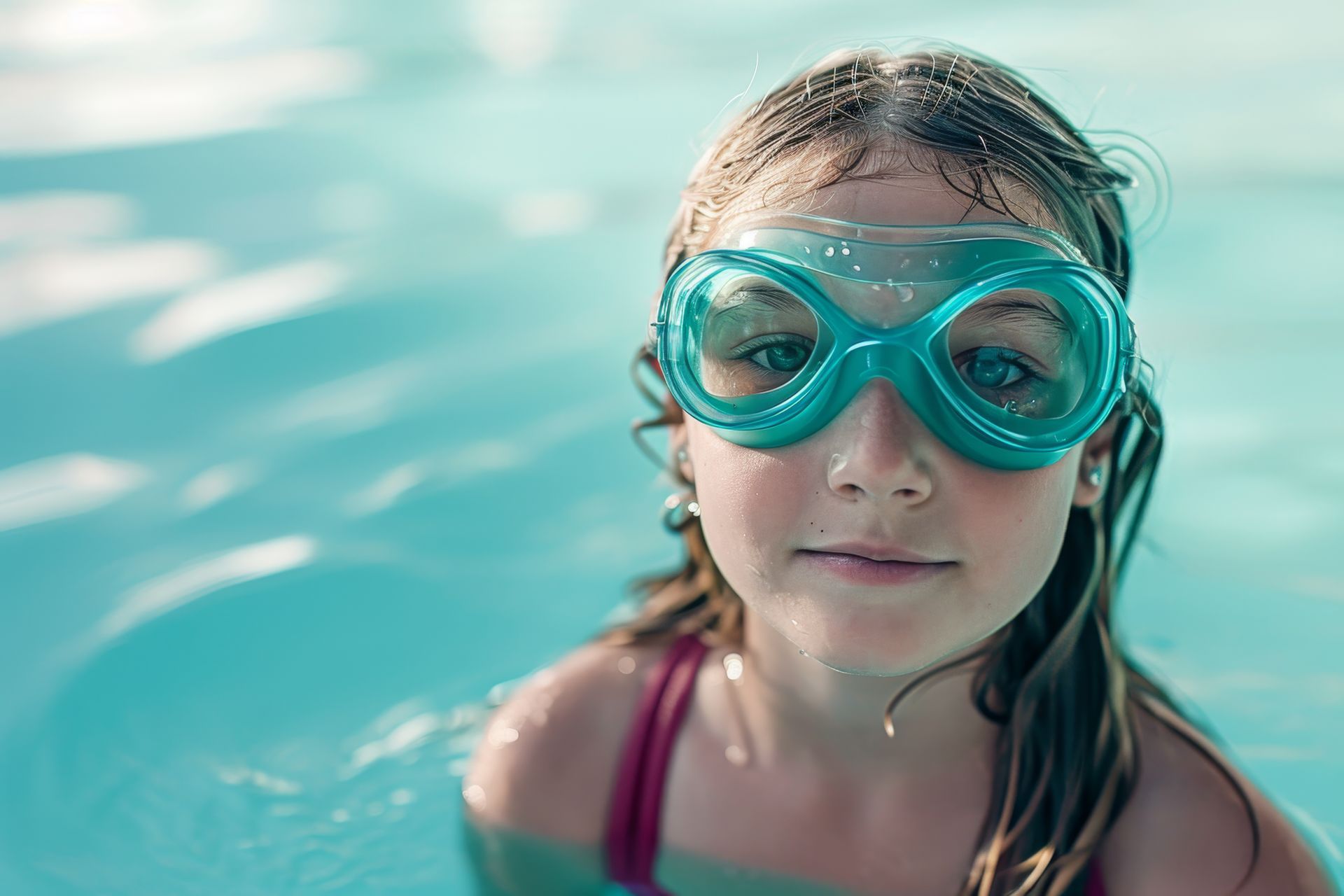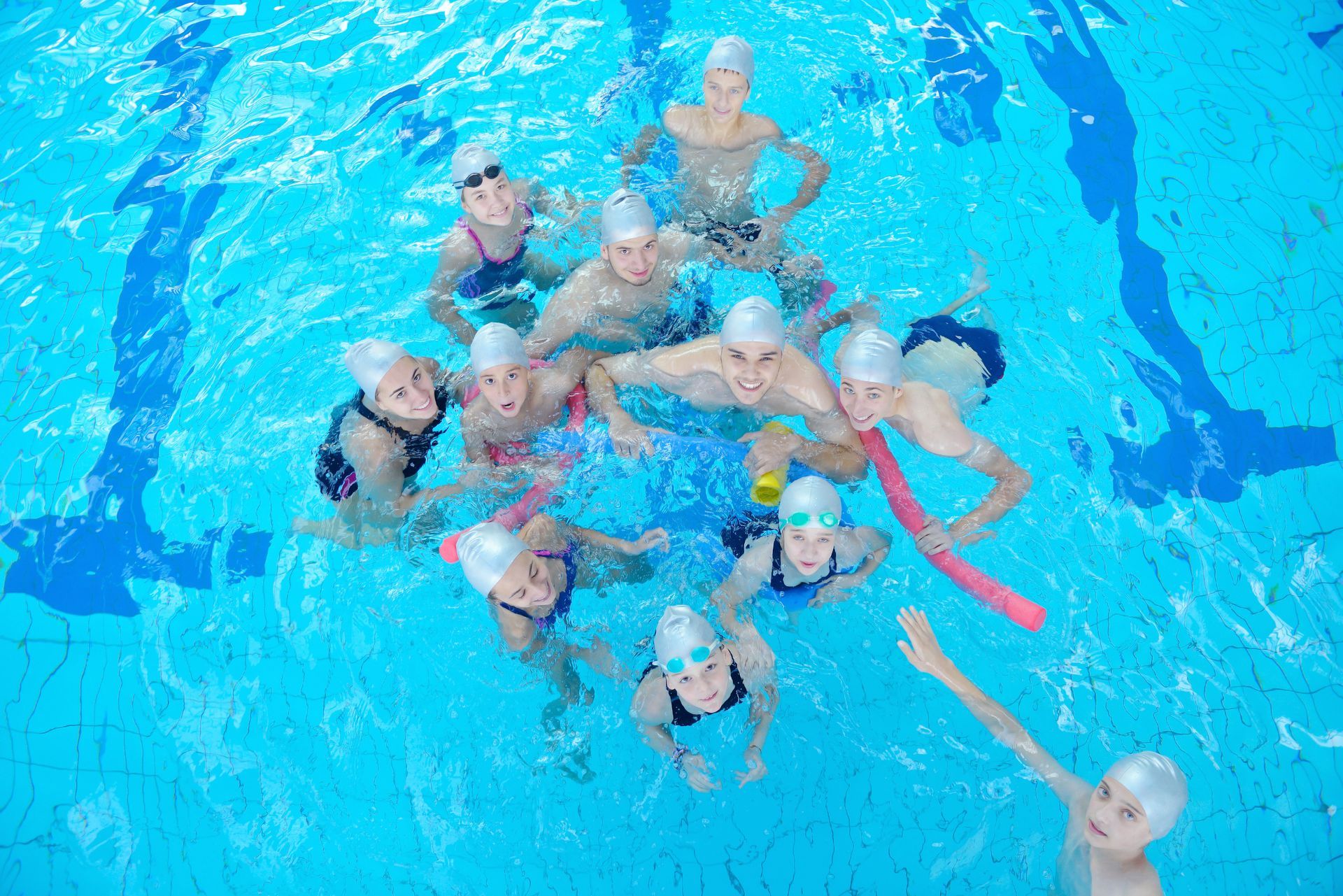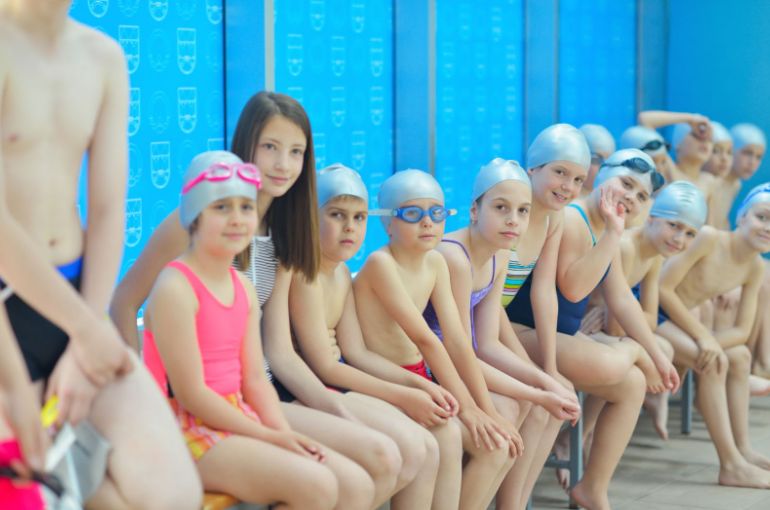How to Master the Sidestroke

The sidestroke is often overlooked by lap swimmers because it is not one of the competitive racing strokes. Some think of it as a rest stroke that was learned once upon a time when they were first learning how to swim.
The reality is that sidestroke can be the perfect stroke for you and should be considered an important part of any workout. While there are certainly benefits to swimming laps of freestyle or any other stroke, there are also times that you should include sidestroke swimming as part of your routine.
The sidestroke is a resting stroke that can help you stretch and elongate your body without adding too much stress to your body and muscles. Swimming the sidestroke allows your head to be out of the water so you can breathe easier than most other strokes, which can give you a chance to catch your breath without forcing your body to come to a complete stop at a wall. With sidestroke, you are able to keep moving, catch your breath, and stretch your body at the same time. For all of these reasons, it should be included as part of your warmup or cooldown.
Sidestroke is also a good option if you are healing from injury. As a more relaxing stroke, the impact it puts on your body is significantly less than some strokes. It can give you the chance to move and stretch your injury without putting too much strain on it, injuring yourself further.
Here are a few tips on how you can take this sometimes forgotten stroke and really master it.
Take It Slow
Sidestroke is a timing stroke where you have to make sure your entire body is working in unison to get the most out of it. While you are learning the stroke and the order it comes together in, don’t rush your movements. If you rush your body movements, thinking you’ll go faster if you just kick or pull more, you will most likely end up going slower and get more tired than if you relaxed and took your time.
Sidestroke is a relaxing stroke. To get it right, you have to relax into the movements and not rush the stroke.
Don’t Focus on Only One Side
Just like you have handedness and prefer one hand over the other, you are going to have sidedness. One side of your body is going to feel more comfortable doing the sidestroke over the other.
The temptation is to only swim where you are the most comfortable, but to become a true master don’t pass over the opportunity to improve both your left and right sidestroke at the same time.
When you are swimming on your nondominant side, you might feel like your body isn’t working right and you might start to even feel defeated. Don’t give up. While they share the same body movements, just rotating your body to the other side can make it feel like a completely different stroke and you will have to learn the stroke twice, in a way.
No Splashing
Some strokes are a storm of movement and splashing. If you want to swim those strokes fast, it starts to feel almost like a fight against the water. Swimming sidestroke should be the exact opposite experience. Rather than splashing, pushing, and fighting against the water, your goal is to glide through the water.
To get the most power out of your scissors kick in sidestroke, you need to have your legs completely under the water, which means no splashes. Your arms should also never splash and your hands should stay in the water the entire stroke. The only parts of your body that should ever be out of the water in a sidestroke swim are your shoulder that is facing up and your head.
To become a master at swimming, you need a great instructor. They will be able to point out where you can improve at all eight strokes no matter what your age or experience with swimming. Contact Swim Jim to get started and advance your swimming skills today.
The post How to Master the Sidestroke appeared first on Swim Jim.







